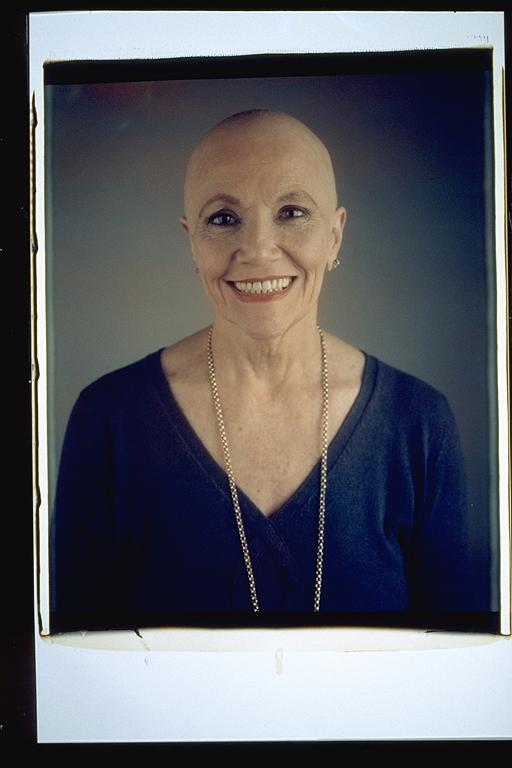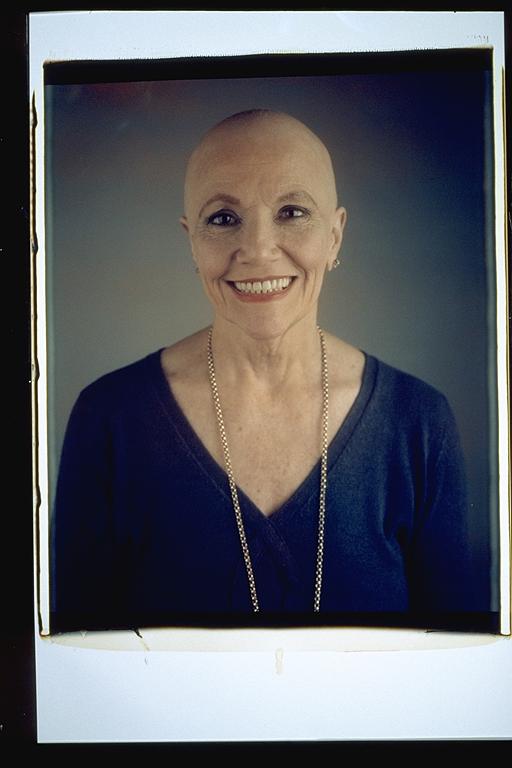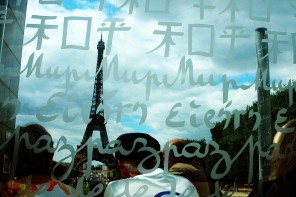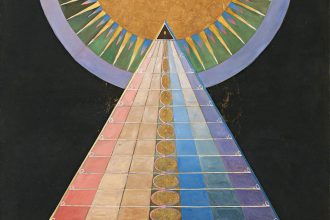Elsa Dorfman has a poignant series of photographs. Photographs that inspire and challenge. Photographs of people who know they are dying soon.
Elsa Dorfman has been able to do something I cannot: capture in photographic medium what it means to be dying.
In understanding the technical side of my craft over the last five years, I’ve been experimenting with light and form; and in photographing people, learning how to build rapport with my subject(s). I am most particularly satisfied when I am able to capture moments, record glimpses of character, and get at the heart of things in recording milestones.
This post, then, is a reflection on how as an artist I feel unable to separate my emotions and my concern for the dignity of my subject from my making.
I can often see the finished photograph in my mind before I start a shoot. Many times the result of the shoot surprise me and I get things I didn’t expect or could not have imagined. From these, I learn more about the vicissitudes and malleability of light, about engaging with my subjects, about the location itself, and about my equipment. Sometimes the result is a happy accident and sometimes there is frustration at not being able to achieve the vision in my imagination.
I have an image of the kind of photograph I would like to make. I know the kind of light, the colour palette, the way I would like to capture the skin and face, and the personality of my subject. I can tell you some of the technical details. But what I can’t do is feel like making this photograph wouldn’t somehow interfere with the precious moments of simply being present.
You see, I feel different with a camera in my hand. I see things differently; it’s like certain aspects of my thought process are switched on and I am attentive and attuned to aperture, focal point, shadows, highlights, the lenses I would need, and where I would need to stand. My focus is as much on the end result as on my subject. And at the moment, I cannot help but feel that being is more important than doing.
I’ve taken my camera with me on my daily visits, but I haven’t even broached the subject of a portrait. I’ve thought about it, but the moment just hasn’t felt right.
I took photos on Christmas day as we all huddled in around the bed to share gifts but these are best described as snaps. The last photographs I took of my grandmother were extraordinarily bright and happy. I want to record these days, this experience. But more than this, I want to maintain her dignity.
In learning a craft and in practising art, I wonder if learning the boundaries of what you can and cannot bring yourself to do, for whatever reason, isn’t healthy? I wonder if Art isn’t also about challenging your own boundaries? But even if I were to push my boundaries further in this case, I wonder if sacrificing the dignity of my subject wouldn’t be a price too high to bear.
Image: Carol Potoff by Elsa Dorfman







“Fiction is the most impure and the most modest and the most human of the arts. It is closest to man in his sin and his suffering and his hope. . . . We are limited human beings, and the novel is a product of our best limitations.”
Flannery O’Connor from Mystery and Manners, p.193
Thanks for the quote Tim. I wonder if you’d like to say any more about how (or whether) this relates the post?
Anna, this is such an honest post.
My art is usually limited to words alone, but I’ve questioned often the length I can go to when it comes to preserving dignity. When I write about the illness my mother suffers, I wonder if I’ve gone too far or been too blunt, if I have shown somehow too much of the reality to people who aren’t really ready to see it.
How much more true when you’re photographing, when there doesn’t seem to be a softer light to what is shown. It may be in the smallest way staged, but it is still all the more real. Wrinkled hands, knowing eyes, or the harder side of things, when the image doesn’t seem to even be of the person we love, but of someone else acting on their behalf.
A pretty nice way to arrive at an “I don’t know,” eh?
There’s a space that exists between honesty for the sake of Truth versus honesty for the sake of delighting in devastation, in the fallen creation over that which is being redeemed. I feel like I walk that space a lot, groping to try and find my way to the former but slipping too often into the latter.
I suppose that’s what Elsa Dorfman has embraced so well, a combination of “Death be not proud” and “I saw Satan fall like lightning.” She captures the ultimate triumph over the moment of the losing battle.
How to make that our own, well, I’m still working on that.
Thanks for your thoughts, Preston.
Thanks for your extended “I don’t know” – I think the process of thinking through these things is valuable in itself.
As a further explanation: What I didn’t want to do with this post is make some kind of judgment that producing an artistic response to dying is somehow wrong or will always intrude or undermine the dignity of the subject (in the case of photography). Elsa Dorfman’s series shows just how much dignity can be preserved in photographs/art with death and dying as the subject matter.
I was reading a discussion of this post on Flikr (: http://www.flickr.com/groups/leeds/discuss/72157625627631469/) where the discussion initiator mentioned that he’d taken a series of photos of his own dying grandmother. About this he says:
“I still don’t know how I feel about it to be honest. Where does the need to capture the reality stop and the preservation of dignity start? Or is their actually dignity itself to be found within the honest depiction of human suffering?”
I think there can be dignity found in the honest depiction of human suffering, but my post was, as you say, quite personal, reflecting on (and in some ways lamenting) my inability to take that step.
Glad to see the discussion developing and I look forward to more comments, discussion, and reflection.
Maybe that’s part of the tension? It’s easier to find the dignity when you don’t have an emotional attachment to the person beyond the fact that you were both made in the image of the Creator? When we know the person more than that, the realness of them is too much and the worry sets in along with the pain?
I wonder if that’s the line: the intimacy of how well we know someone determines how we interpret what dignity means for them. Dignity is as we know them at their best, perhaps?